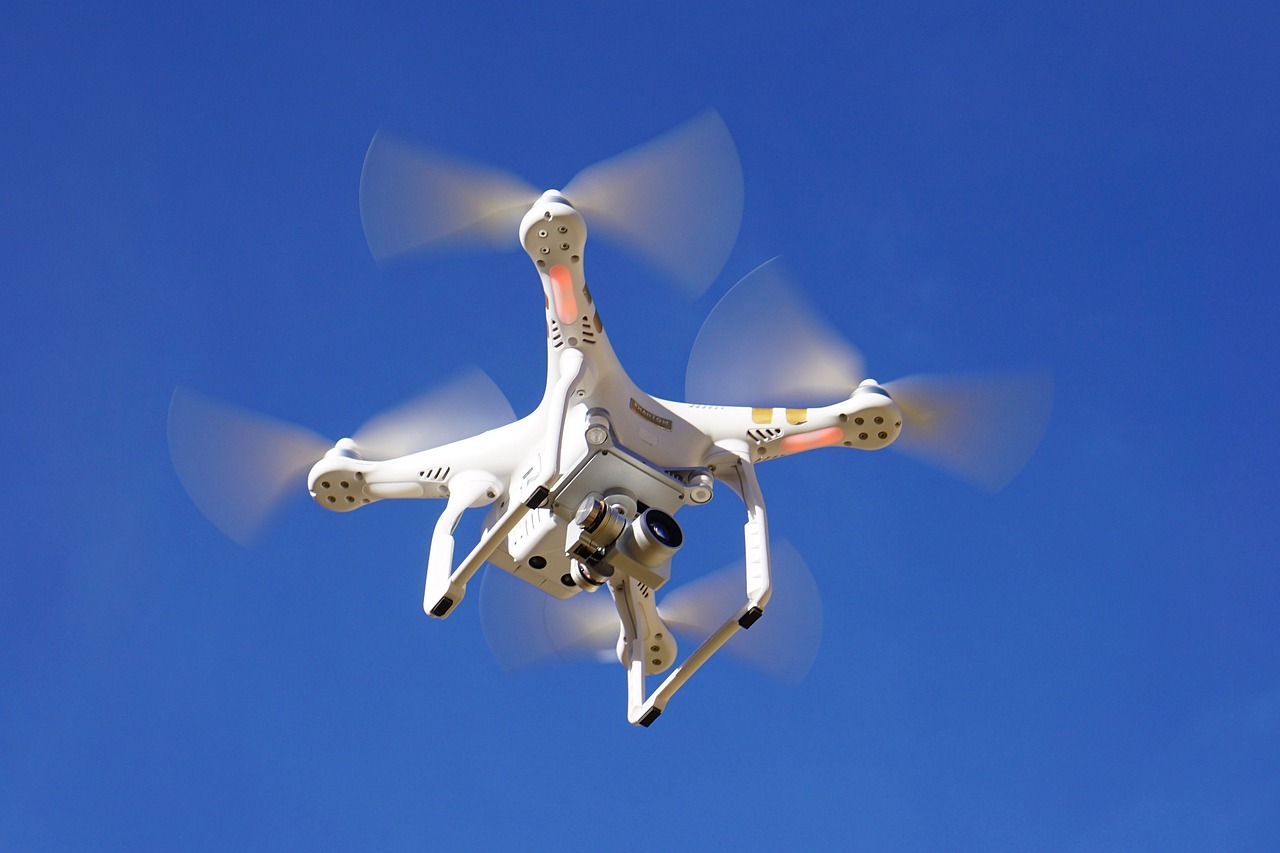Researchers at the University of Southampton have developed an innovative system that could revolutionize the way drones monitor their own structural health during flights. In a breakthrough that mimics the human body’s own nervous system, this self-monitoring technology could significantly enhance drone safety and reduce the need for frequent landings and manual inspections.
While drones are often touted as the future of transportation and delivery, they are still bound by a major limitation: the need for routine inspections. Drones currently rely on regular pit stops for safety checks by ground crews, which takes time and limits their operational efficiency. However, this new development offers a potential game-changer by enabling drones to perform real-time self-diagnostics during their flights.
The “Nervous System” Technology
The key to this advancement lies in a system that uses fiber optic cables to continuously monitor the strains and stresses on a drone’s frame during flight, similar to how the nervous system in animals detects physical changes and sends signals to the brain. This is accomplished by embedding optical fibers into the structure of the drone, which continuously send light signals to monitor structural integrity.
Unlike traditional electrical sensors, which can be prone to electromagnetic interference or fail under extreme conditions, this fiber optic system is much more resilient. The light-based signals ensure that the monitoring system remains unaffected by the interference issues commonly faced by electronic sensors, making it more reliable in various environmental conditions.
Benefits of the Technology
The primary benefit of this self-monitoring system is that drones can assess their own health during flight, allowing them to detect and diagnose problems before they become critical. For example, the system could alert operators to any structural weaknesses or stress points in real-time, preventing accidents or malfunctions that could arise if a drone continues to fly without proper inspection. This capability could reduce the need for unplanned landings, which often disrupt operations and delay deliveries.
Additionally, by reducing the frequency of manual inspections, the system could increase the efficiency and productivity of drone fleets, making them more viable for continuous operations like cargo deliveries, surveillance, and emergency services. Longer, more reliable flights without the need for ground-based checks could open up new possibilities for the use of drones in industries such as logistics, healthcare, and agriculture.
Looking Ahead
This technology is still in the experimental stages, but its potential is clear. As drone technology continues to evolve, self-monitoring systems like this one could become an essential feature of the next generation of autonomous vehicles, paving the way for safer and more efficient drone operations. For now, the University of Southampton’s groundbreaking work represents a major step forward in overcoming one of the most pressing challenges faced by drone operators today.
For more on this groundbreaking development, check out the full article on TechSpot.
This self-monitoring technology, using optical fibers, could drastically enhance the operational lifespan and safety of drones, bringing us one step closer to realizing the full potential of autonomous flying machines.



